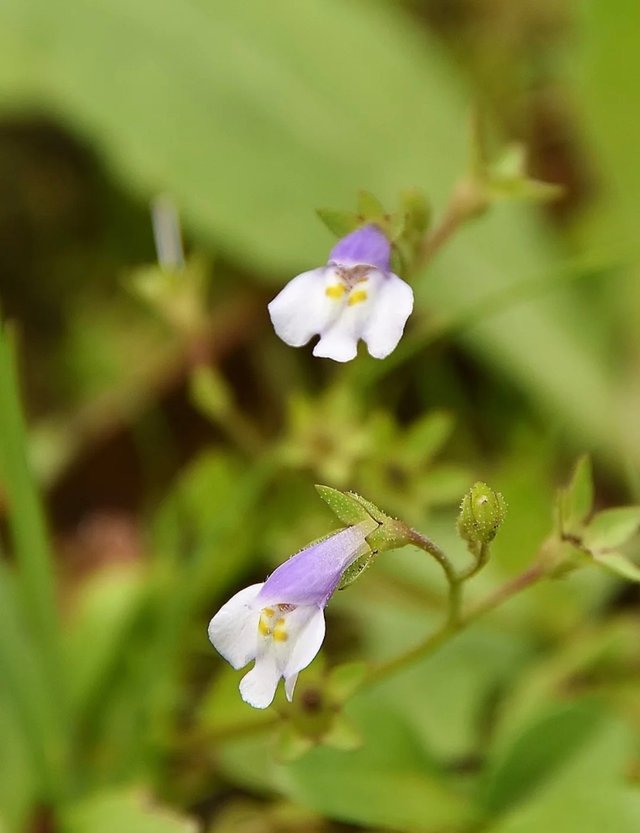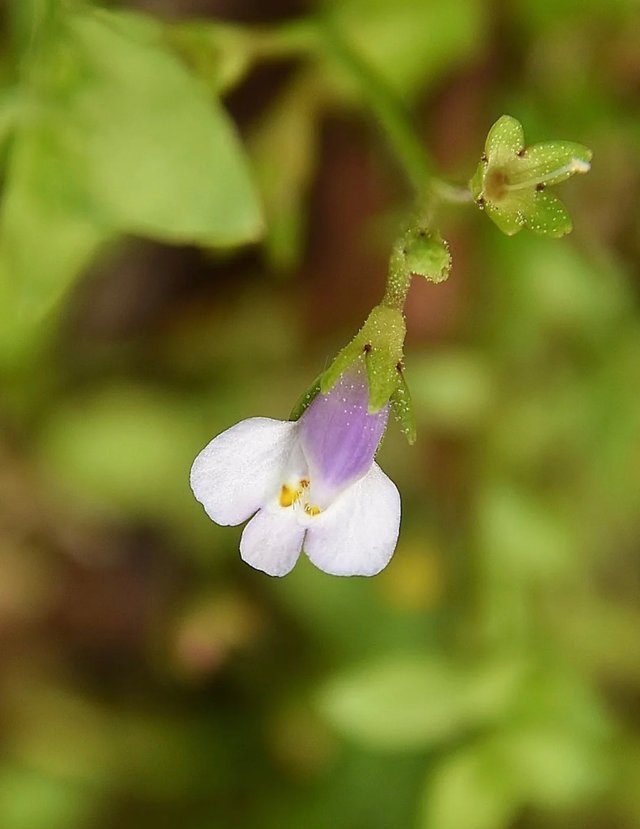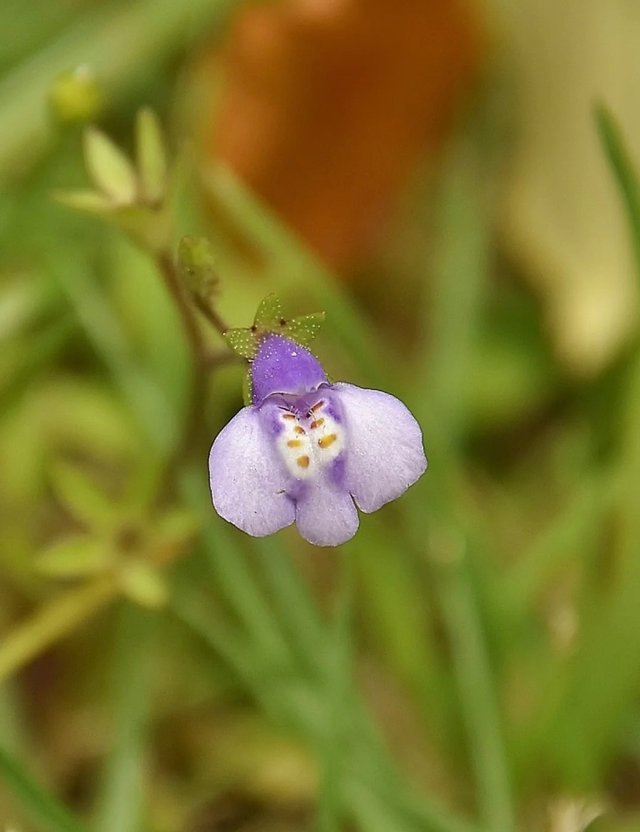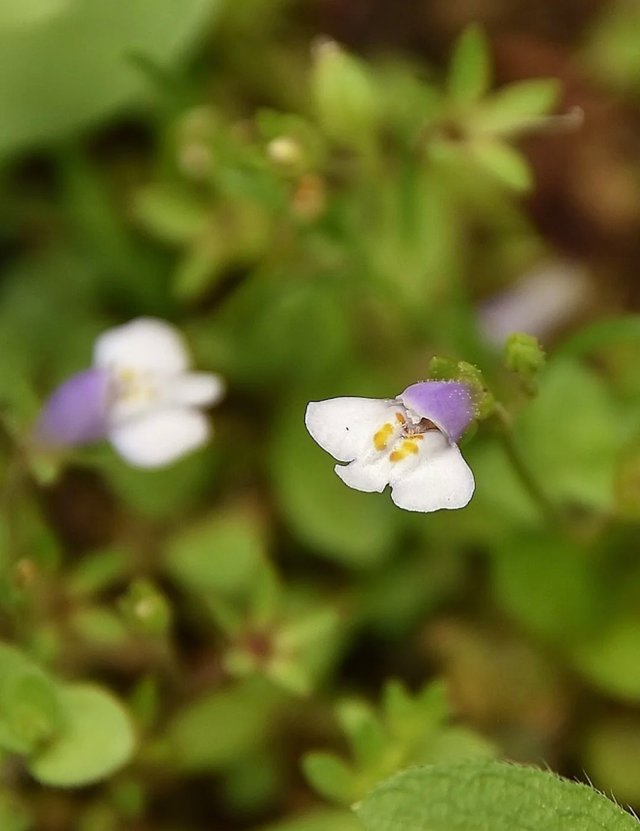Mazus pumilus
Mazus pumilus, commonly known as Japanese mazus, is a small but fascinating herbaceous plant that deserves far more recognition than it usually gets. Despite its unassuming appearance, this species plays a quiet but valuable role in ecosystems across its native and introduced ranges. Let’s take a deep dive into its biology, habitat, ecological value, and curious adaptability.
Mazus pumilus is known for its trailing stems and small, tubular, purplish-violet flowers with a yellow or white blotch on the lower lip. The leaves are ovate, slightly toothed, and form a basal rosette that hugs the ground, making it an ideal plant for moist, disturbed habitats.East and Southeast Asia – including China, Japan, Korea, Taiwan, and parts of the Indian subcontinent.Parts of North America (eastern United States), where it's considered a naturalized weed in lawns, gardens, and roadsides.Its ability to thrive in compacted or disturbed soils, often with high moisture, has allowed Mazus pumilus to establish populations far beyond its native range.
The flowers of Mazus pumilus are two-lipped and zygomorphic characteristic of many species in the Mazaceae and related families. The lower lip often functions as a landing platform for pollinators like small bees and flies. It reproduces by seed, and in favorable conditions, it can produce abundant seedbanks that persist in the soil and germinate with the return of moisture in spring.Interestingly, in many parts of its introduced range, the plant can reproduce and spread even in the absence of pollinators—making it quite successful as a colonizer.




